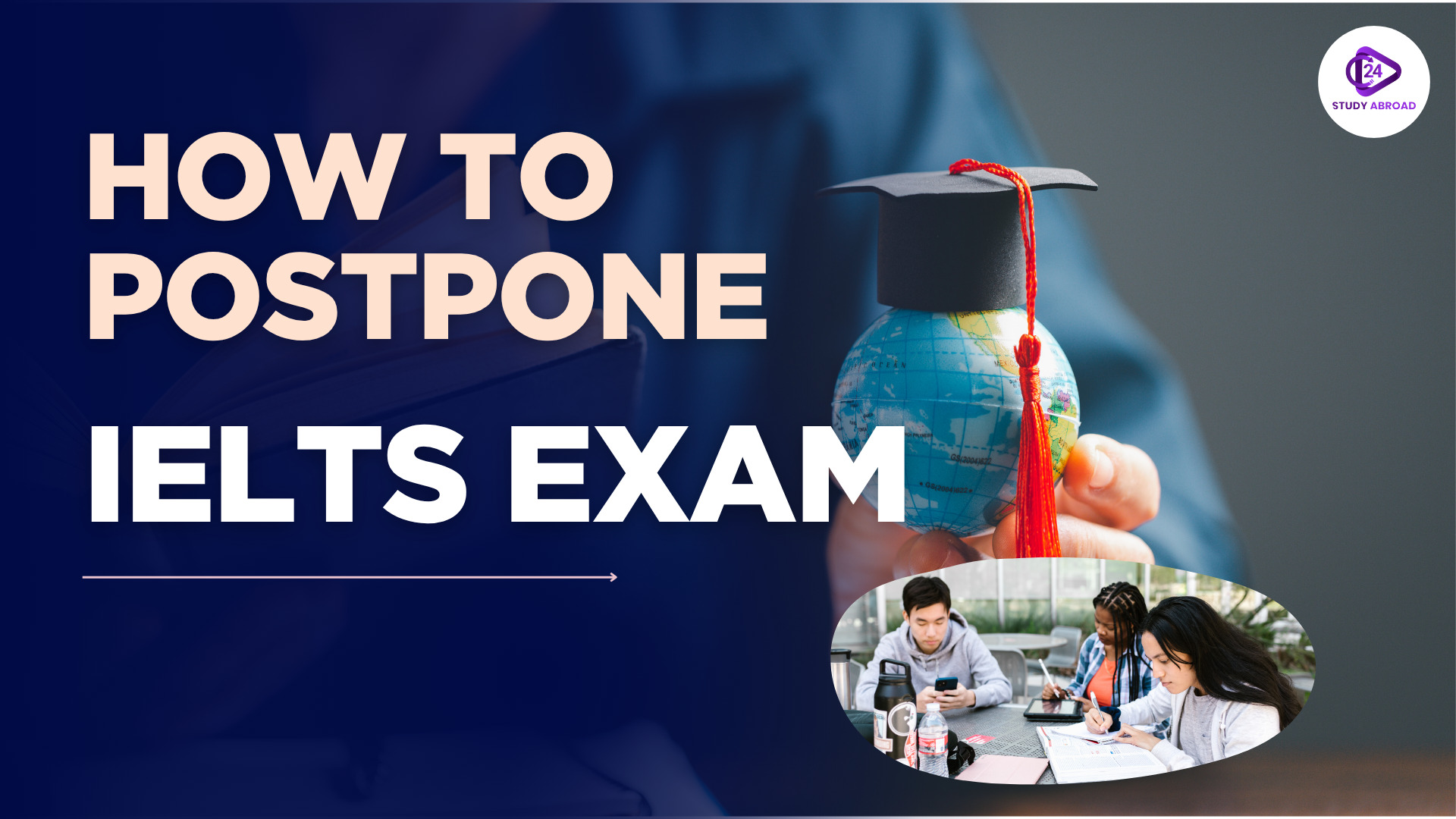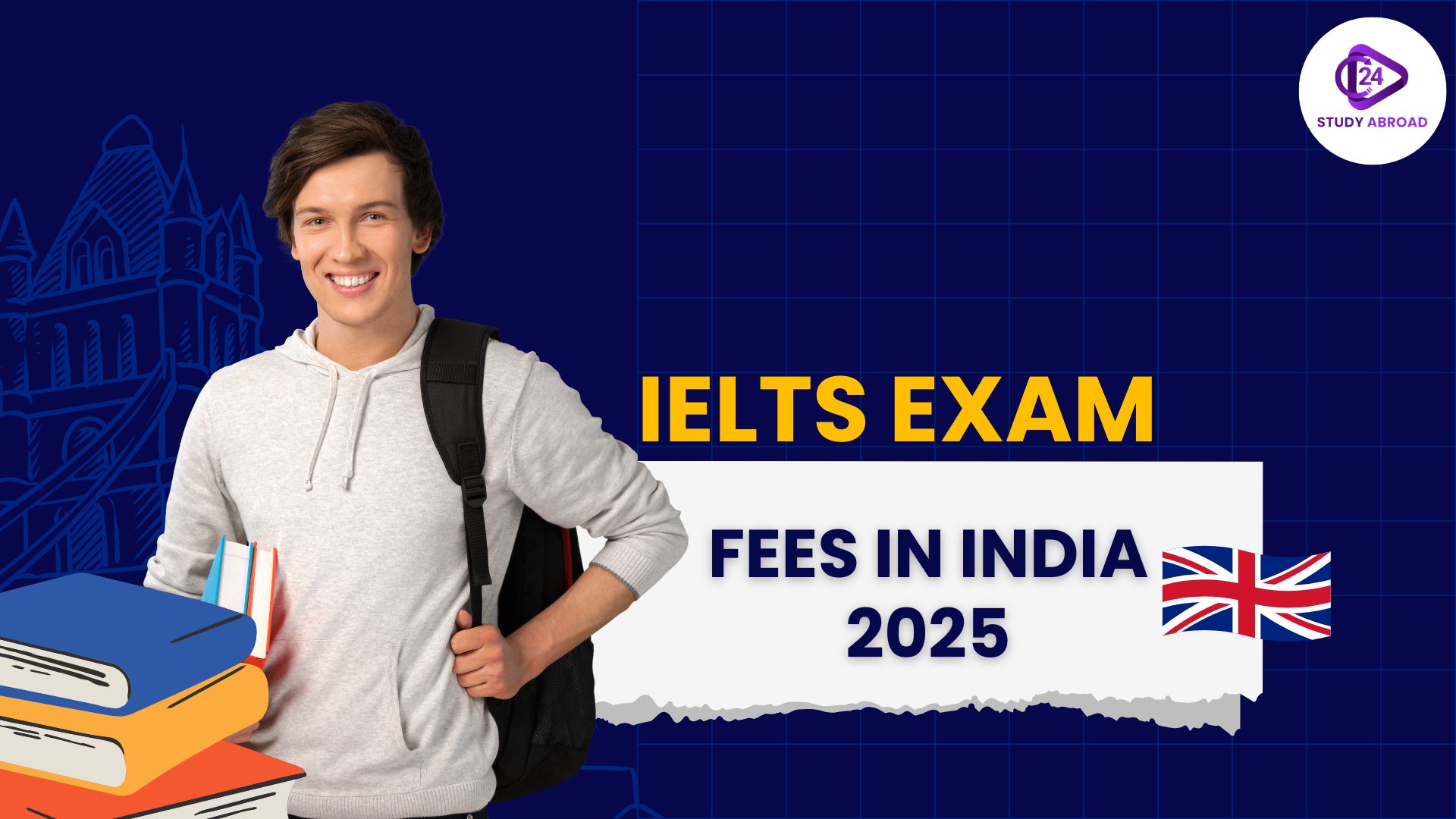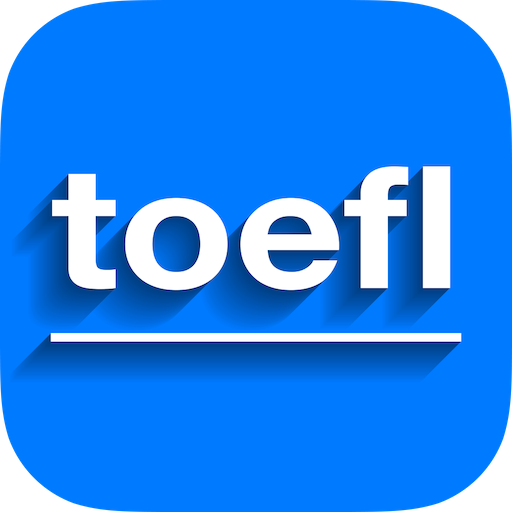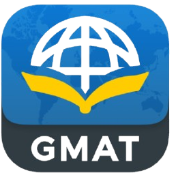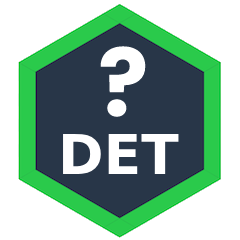IELTS syllabus 2025 is essential if you’re planning to take the IELTS exam this year. Before you begin your preparation, it’s important to define your goal—whether you want to study abroad, immigrate to another country, or build a career overseas. A clear understanding of the exam pattern and syllabus will help you prepare effectively and achieve your desired score.
IELTS exam is divided into four key sections: Listening, Reading, Writing, and Speaking. Each section is designed to measure your English communication skills in real-life scenarios. But what’s new in the IELTS syllabus for 2025? What should you focus on while preparing? This article walks you through the updated IELTS structure, explains the syllabus section by section, and provides smart tips to help you prepare effectively and confidently.
What is IELTS Syllabus 2025
IELTS syllabus 2025 focuses on four main English language skills: Listening, Reading, Writing, and Speaking. It’s designed to test how well you can use English in real-life situations, whether it’s for studying, working, or living abroad. At the same time, the overall exam format remains the same. The latest syllabus now places greater emphasis on clarity, accuracy, and your ability to understand English in its proper context. The IELTS test is available in two versions: Academic IELTS and General Training IELTS. By understanding the IELTS syllabus 2025, you can plan your preparation effectively.
Key highlights of the IELTS syllabus 2025:
- Focus on real-world communication
- Balanced testing across academic and everyday contexts
- Slight update in Speaking and Writing prompts
- Digital tools are now integrated with select centres
Which of the IELTS Exam Types Should You Take?
Before starting preparation for the IELTS, it is essential to understand the different types of IELTS exams and select the one that aligns with your goals.
There are two main types of IELTS exam.
- IELTS Academic: This version is suitable for you if you’re planning to study at an undergraduate or postgraduate level in an English-speaking country or if you want to work for a professional organisation in an English-speaking country.
- IELTS General Training: This test is best if you’re aiming to migrate to countries such as the UK, Canada, Australia, or New Zealand, apply for secondary education or training programs, and work or undertake work-related training in an English-speaking country.
IELTS Syllabus 2025 Section-Wise for Listening, Reading, Writing & Speaking
When it comes to cracking the IELTS exam, knowing what to expect in each section can save you from surprises on test day. Whether you’re going for the Academic or General Training version, the structure of Listening, Reading, Writing, and Speaking remains the same but the content may vary. Here’s a breakdown of the updated section-wise IELTS syllabus 2025
IELTS syllabus 2025 for Listening Section
- Duration: 30 minutes
- Number of Questions: Total 40 questions, evenly split across four parts (10 each)
- Question Types:
- Multiple-choice
- Matching
- Plan/map/diagram labeling
- Sentence, note, form, table, flow-chart, and summary completion
- Short-answer questions
- Audio Recordings:
- There are 4 recordings which are played once only. It features a variety of native-speaker accents (British, Australian, New Zealand, North American)
- Structure & Context
-
- Part 1: Dialogue between two people in a social setting
- Part 2: Monologue in an everyday context
- Part 3: Conversation among two to four speakers in an educational or training setting
- Part 4: Academic monologue
IELTS syllabus 2025 for Reading Section
- Duration: 60 minutes
- Number of Questions: 40
Sections by Test Type:
- IELTS Academic Reading
- Sections: 3
- Text Length: Combined 2,150–2,750 words
- Source Materials:
- Excerpts from books, journals, magazines, newspapers, or online content
- Topics of general interest to undergraduates or postgraduates
- May include narrative, descriptive, discursive/argumentative styles
- At least one text features detailed logical argumentation
- May have diagrams, graphs, or illustrations—with glossary support for technical terms
-
IELTS General Training Reading
- Sections: 3
- Section 1: 2–3 short factual texts (e.g., notices, adverts, timetables)
- Section 2: Two workplace-related texts (e.g., job descriptions, policies)
- Section 3: One longer, more complex text on general interest
- Section 3 text style: Generally the text style is descriptive or instructive. It is longer and more complex than sections 1 and 2.
Question Types for Both Versions:
There are 11 questions in IELTS reading section
- Multiple choice
- Identifying information (True/False/Not Given)
- Identifying writer’s views/claims (Yes/No/Not Given)
- Matching information
- Matching headings
- Matching features
- Matching sentence endings
- Sentence completion
- Summary/note/table/flow‑chart completion
- Diagram/label completion
- Short-answer questions
IELTS syllabus 2025 for Writing Section
- Total duration: 60 minutes
- Number of tasks: 2
- Word counts:
- Task 1: minimum 150 words
- Task 2: minimum 250 words
Sections by Test Type:
- IELTS Academic Writing
- Task 1: Describe, summarize or explain given visual information—graph, table, chart, diagram, process, map, or plan.
- Time: 20 minutes
- Style: formal/academic
- Minimum: 150 words
- Task 2: Write an essay in response to an argument, problem, or point of view.
- Time: 40 minutes
- Minimum: 250 words
- Use academic or semi-formal style, support ideas with examples/evidence
- IELTS General Training Writing
- Task 1: Write a letter responding to a real-life situation (personal, semi-formal, or formal).
- Time: 20 minutes
- Minimum: 150 words
- Include required information (e.g., explain issue, request, etc.)
- Task 2: Essay responding to a point of view, argument, or problem, similar to Academic Task 2.
- Time: 40 minutes
- Minimum: 250 words
IELTS syllabus 2025 for Speaking Section
The IELTS syllabus 2025 speaking section is a face-to-face (or video call) interview which is conducted by a certified examiner. This is common for both Academic and General Training test takers. This part of the test is designed to assess your spoken English skills in a real-life, interactive setting. The test duration is 11 to 14 minutes, and it is divided into three distinct parts, each part focusing on different communication abilities and gradually increasing in complexity.
Part 1: In this part, introduction and interview are conducted, which lasts for about 4 to 5 minutes. The examiner introduces themselves and confirms your identity. After that, they ask general questions on familiar topics such as your home, family, studies, work, interests, or hobbies. This section aims to make you feel comfortable and assess your ability to communicate information and opinions on everyday matters using clear, fluent speech.
Part 2: In this section, you will be given a task card (cue card) with a particular topic and a few bullet points that help structure your response. You will get 1 minute to prepare and take notes if you want. Then, you must speak for 1 to 2 minutes on the topic. After your response, the examiner may ask a follow-up question. This section tests your ability to speak at length, organise your ideas logically, and use a range of vocabulary and grammar while maintaining fluency.
Part 3: This is a two-way discussion which lasts about 4 to 5 minutes. Here, the examiner will ask further questions related to the topic from Part 2. These are more abstract, analytical, or opinion-based questions, requiring you to elaborate, justify, compare, or speculate. For example, if you spoke about a celebration in Part 2, you might be asked to discuss the importance of traditions or compare celebrations in different cultures. This section assesses your ability to express and defend ideas, make comparisons, and use more complex sentence structures.
How to Start Preparation for IELTS Syllabus 2025
Starting your IELTS journey may feel confusing, but with the right plan, it becomes much more manageable. Here’s how you can lay a strong foundation for the IELTS syllabus 2025 and kick off your preparation with confidence:
-
- Take a Diagnostic Test: Before starting your IELTS preparation , assess your current level. It helps you to identify your strengths and weaknesses.
- Build a Study Plan: Break your preparation into daily and weekly goals. Focus more time on weaker sections.
- Use Trusted Study Materials:
-
- Official Cambridge IELTS Books
- British Council Practice Papers
- Online Mock Tests
- Practice Time Management: Time yourself during mock tests. Learn to manage each section’s timing to reduce last-minute stress
- Improve Vocabulary & Grammar: Read newspapers, listen to English podcasts, and
use apps like Quizlet or Grammarly.
- Join an IELTS Coaching or Peer Group: Interacting with fellow aspirants and getting guidance can boost your confidence.
- Take Mock Tests Regularly: Simulate real exam conditions at least twice a week in your final month of prep.
Conclusion
The IELTS syllabus 2025 reflects real-life communication, so your learning should too. Whether you’re aiming for Academic or General Training, focusing on the four key skills with consistent practice and reliable resources will set you up for success. Trust the process, be patient with your progress, and with a little effort every day, your target score is completely achievable.
IELTS Syllabus 2025 FAQs
What is the syllabus of the IELTS exam in 2025?
The IELTS syllabus 2025 includes Listening, Reading, Writing, and Speaking sections. Each section evaluates your practical communication skills with updated topics and refined assessment standards.
What subjects are there in IELTS?
IELTS focuses on four skills: Listening, Reading, Writing, and Speaking.
Where can I download the IELTS syllabus 2025 PDF?
You can download the official IELTS syllabus 2025 PDF from the official websites of IELTS.
How much time is enough to prepare for the IELTS exam?
Preparation time varies for every student, but most students take between 1.5 to 3 months. It depends on your current English level, how often you practice, and the resources you use. Regular mock tests and focused revision can significantly improve your score.
What are the best books and resources for IELTS 2025?
To prepare effectively for the 2025 IELTS exam , it's essential to use trusted and up-to-date resources. You can start with the Cambridge IELTS books, which include real past papers and practice tests. The Official Cambridge Guide to IELTS is ideal for both Academic and General Training candidates. Additionally, use British Council practice materials and mobile apps for on-the-go preparation. Stick to official sources for the most accurate and reliable content.

